At Risk for Losing Sleep or Focus Over Issues at School
Among a school community’s foundational qualities is the absence of trauma, defined as events at school significant enough to affect sleep or lose focus. The Trauma score is one of the qualities that draws immediate attention and when a problem is assigned a high priority. Most trauma score averages are slightly positive with 30 to 45% of students scoring in the negative range. This analysis illustrates a technique called logistic regression which helps administrators find the identity factors that either increase or decrease the risk of students being in the group associated with traumatic experiences at school.
The analysis uses the “All Schools Database” which offers a large data set and a variety of students but is not necessarily representative of all schools. Still, the results are thought-provoking and describe an analysis available to individual schools. The survey statements for students and faculty for the Trauma quality are:
The logistic regression divides the data set into two groups, those scoring negative and all others. It then uses 12 demographic identities to model the data set, calculating the statistical significance of each of the 12. Demographics must meet the threshold of 95% probability to be included in the Revised Final analysis.
The graphic shows the results in the form of percentage risk increase or decrease related to individual identities. The two displays on the right tell the story of which demographics met the statistical threshold and which did not. Of the 12 demographics, Gender, Social, Learning Style, and Art meet the statistical significance threshold while Grade and Academic Performance were the first factors excluded.
The bar chart quantifies the risks, with Gender Other, Prefer to be Alone under Social, and Diagnosed Learning Disabilities representing the highest risk increases of 10% or more. This compares to the baseline of the most common four identities associated with these demographics: Female, No Learning Disabilities, Large Number of Friends, and Some Arts activities. These are shown as having a zero-risk difference since they anchor the analysis. The negative signs of the No Arts Activities and Male rows place these identities in the support factor range.
When schools reflect on the results, they often begin with a prediction of the driving forces behind their trauma score. One interesting approach to assessing the output is to compare expectations versus the statistical model. This exercise may reinforce some preconceptions, contradict others, and identify unexpected contributors.
Another consideration is that these demographics are independent and thus, risk and support factors compound. The logistic regression model allows you to input all four identities to model the risk of any individual.
· Which of the demographic categories that failed to show up as statistically significant surprised you?
· Are any of the four in the final model unexpected contributors to trauma?
· Can we disregard the eight identities excluded from the final model?
· How does balancing the supported categories (Male and No Arts Activities) influence your thoughts on interventions?


